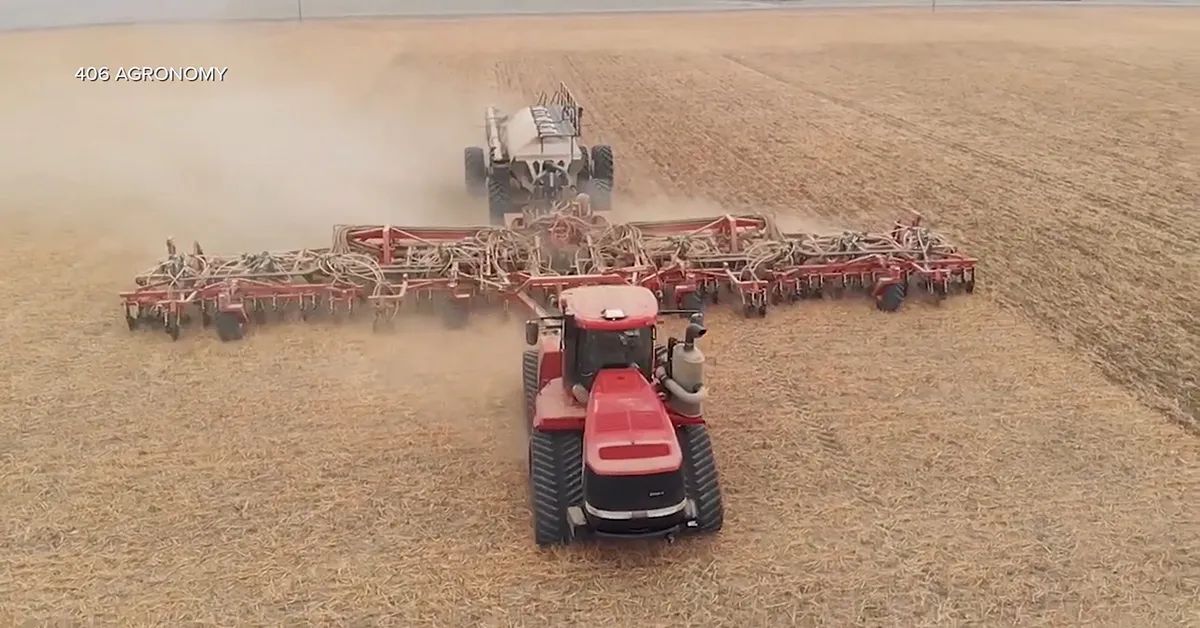
Selecting Right Seed Variety is Important for Winter Wheat Planting This Fall
September 23, 2021
Another wheat harvest in the books for another year and believe it or not farmers are already back in the fields planting the 2022 winter wheat crop. And given this year’s wide-spread drought, Columbia Grain International Seed Division Manager Paul Porter says selecting the right seed variety is very important this fall.
“Farmers need to look at what plant varieties did well this year during tough times,” said Porter. “They need to compare this to how they did during good times. That's because sometimes the ones that do well during difficult growing conditions aren't always on the top of the page but it's part of risk management deciding how much of what variety you want to plant.”
He says when it comes to fertilizing this fall, farmers really need to soil sample.
“In regard to fertilizer recommendations, you really need the soil sample this year, more so than any other year,” said Porter. “If you fertilize for a 70-bushel crop and you took a 20-bushel crop off and we haven't had a lot of rain to leach that nitrogen out of your soils, you probably can save some money this fall by putting on what you need to grow that average crop.”
If farmers are thinking about cutting some input costs this fall, he says seed treatment shouldn’t be one of them.
“Everyone's going to want to try and cut some costs this fall,” said Porter. “I suggest that your seed treatments aren’t the place to try and cut costs. Rhizoctonia is going to be there if it starts raining. Fusarium is going to be there if it stays dry. Pythium is always around. This not the year to try and save a few dollars per acre on seed treatments. Put the best seed treatment that's available to you on your crop and give it a good start. You have a lot of diseases for it to protect your crop from especially when you plant it in the fall of Montana.”
According to the latest USDA crop progress report, Montana farmers have already dusted in 26 percent of next year’s winter wheat crop which compares to 17 percent last year and the five-year average of 15 percent.
Source: Montana Ag Network & Western Ag Network










